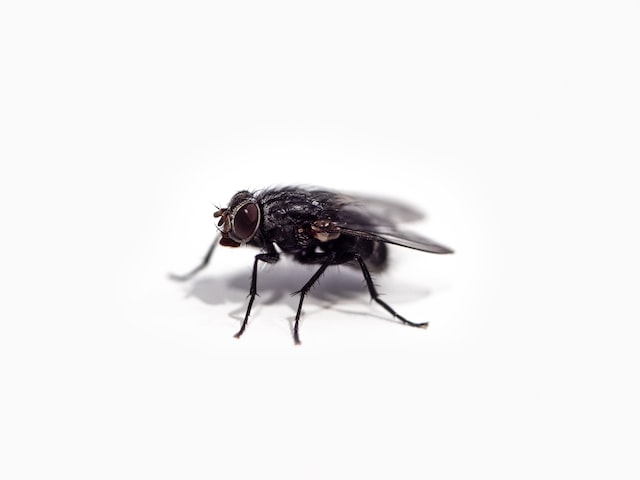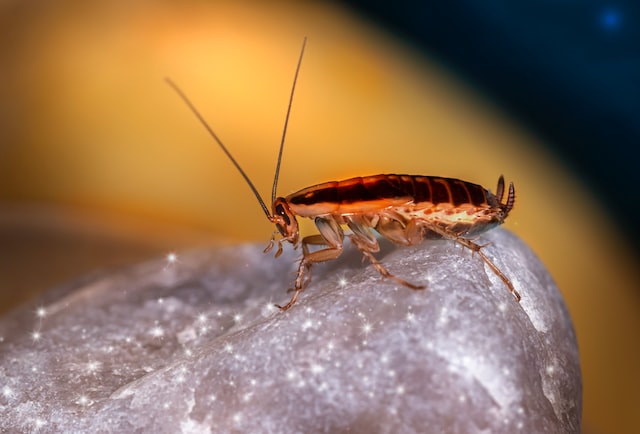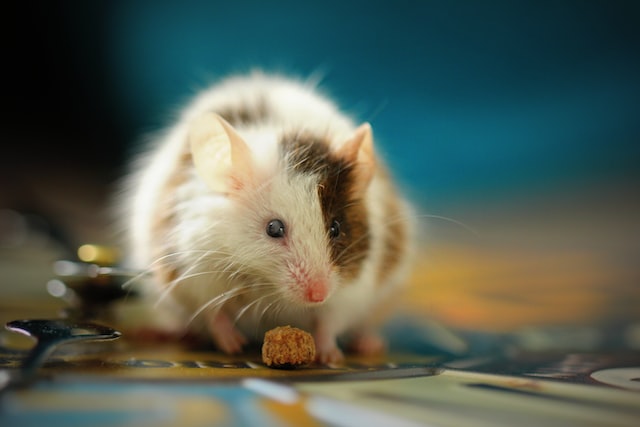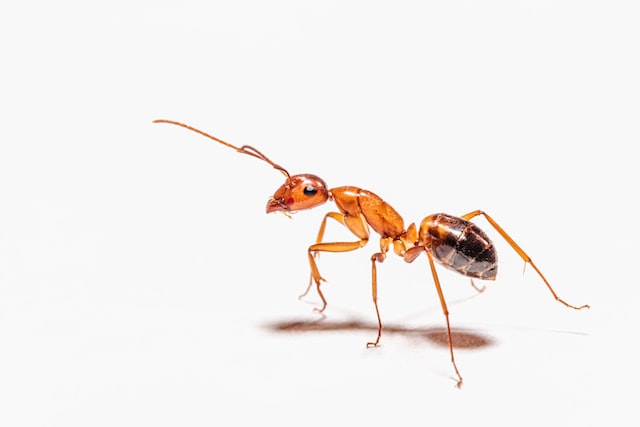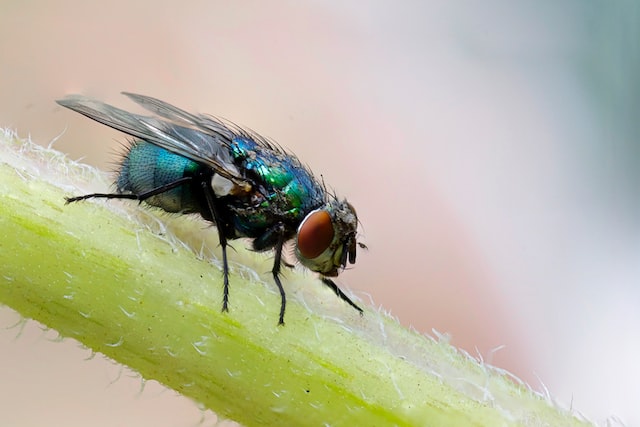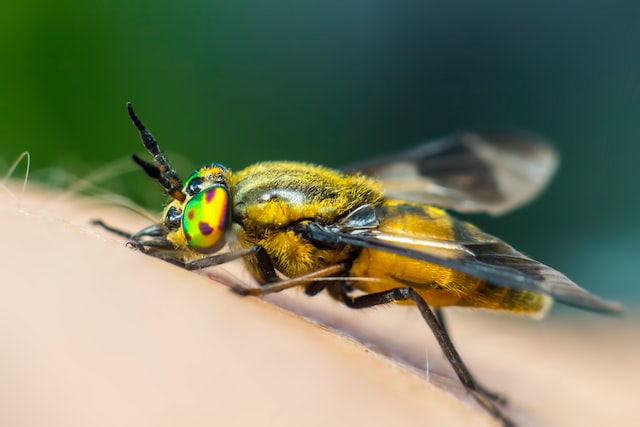Pest control is a crucial aspect of maintaining a commercial building, as pests can cause a variety of problems for businesses. From damaging the building and its contents to spreading diseases and impacting employee health and productivity, pests can have a significant impact on the success of a business.
Cockroaches
Cockroaches are one of the most common pests found in commercial buildings, and they can be particularly challenging to control. Cockroaches are attracted to food and moisture, and they can survive in a variety of environments, including warm, damp areas such as kitchens, bathrooms, and basements.
Risks
Cockroaches can pose a number of risks to commercial buildings, including
Damage to the building and its contents: Cockroaches can chew through wiring, insulation, and other materials, causing damage to the building.
Health risks: Cockroaches can carry a variety of diseases and parasites, and they can contaminate food and surfaces with their faeces and shed skin.
Allergens: Cockroaches can trigger allergies and asthma in some people, leading to respiratory problems.
Prevention
To prevent and control cockroaches in commercial buildings, it’s essential to inspect the building for signs of infestation regularly and to eliminate sources of food and moisture. This can include sealing cracks and crevices where cockroaches may enter, regularly cleaning and sanitizing surfaces, and properly storing food and garbage. In some cases, professional pest control services may be necessary to effectively eliminate a cockroach infestation.
Rodents
Rodents, including mice and rats, are another common pest found in commercial buildings. Like cockroaches, rodents are attracted to food and moisture, and they can enter buildings through small openings and gaps. Rodents are often found in areas where food is stored or prepared, such as kitchens and pantries, but they can also be found in other parts of the building, such as basements and attics.
Risks
Rodents can pose a number of risks to commercial buildings, including
Damage to the building and its contents: Rodents can chew through wiring, insulation, and other materials, causing damage to the building.
Health risks: Rodents can carry a variety of diseases and parasites, and they can contaminate food and surfaces with their faeces and shed skin.
Allergens: Rodents can trigger allergies and asthma in some people, leading to respiratory problems.
Prevention
To prevent and control rodents in commercial buildings, it’s essential to regularly inspect the building for signs of infestation and eliminate food and moisture sources. This can include sealing cracks and crevices where rodents may enter, regularly cleaning and sanitizing surfaces, and properly storing food and garbage. In some cases, professional pest control services may be necessary to effectively eliminate a rodent infestation.
Ants
Ants are another common pest found in commercial buildings, and they can be particularly challenging to control due to their ability to establish large colonies. Ants are attracted to food and moisture, and they can enter buildings through small openings and gaps. Ants are often found in areas where food is stored or prepared, such as kitchens and pantries, but they can also be found in other parts of the building, such as bathrooms and offices.
Risks
Ants can pose a number of risks to commercial buildings, including
Damage to the building and its contents: Ants can chew through wiring, insulation, and other materials, causing damage to the building.
Health risks: Ants can contaminate food and surfaces with their faeces and shed skin, and they can also transmit diseases and parasites.
Allergens: Some people may be allergic to ant bites or stings, leading to allergic reactions.
Prevention
To prevent and control ants in commercial buildings, it’s essential to regularly inspect the building for signs of infestation and eliminate food and moisture sources. This can include sealing cracks and crevices where ants may enter, regularly cleaning and sanitizing surfaces, and properly storing food and garbage. In some cases, professional pest control services may be necessary to effectively eliminate an ant infestation.
Flies
Flies are another common pest found in commercial buildings, and they can be particularly problematic in areas where food is prepared or served, such as restaurants and cafeterias. Flies are attracted to food and moisture, and they can enter buildings through open doors and windows, as well as through small openings and gaps.
Risks
Flies can pose a number of risks to commercial buildings, including
Health risks: Flies can transmit diseases and parasites through their contact with food and surfaces, and they can also contaminate food and surfaces with their faeces and shed skin.
Nuisance: Flies can be a nuisance to employees and customers, and they can impact the overall comfort and enjoyment of a space.
Allergens: Some people may be allergic to fly bites or stings, leading to allergic reactions.
Prevention
To prevent and control flies in commercial buildings, it’s important to regularly inspect the building for signs of infestation and eliminate food and moisture sources. This can include sealing cracks and crevices where flies may enter, regularly cleaning and sanitizing surfaces, and properly storing food and garbage. In some cases, professional pest control services may be necessary to effectively eliminate a fly infestation.
Bed Bugs
Bed bugs are a type of pest that can be particularly challenging to control, as they are skilled at hiding and can be difficult to detect. Bed bugs are tiny insects that feed on the blood of humans and animals, and they can be found in any type of commercial building, including hotels, motels, and office buildings.
Risks
Bed bugs can pose a number of risks to commercial buildings, including
Health risks: While bed bugs do not transmit diseases, their bites can cause skin irritation and allergic reactions.
Nuisance: Bed bugs can be a nuisance to employees and customers, and they can impact the overall comfort and enjoyment of a space.
Reputation: An infestation of bed bugs can damage the reputation of a business, as people may be hesitant to visit or stay in a building that has had a bed bug problem.
Prevention
To prevent and control bed bugs in commercial buildings, it’s important to inspect the building for signs of infestation regularly and to take steps to prevent the introduction of bed bugs. This can include inspecting secondhand furniture and other items before bringing them into the building, and properly storing luggage and other personal items when travelling. In some cases, professional pest control services may be necessary to effectively eliminate a bed bug infestation.
Stinging Insects
Stinging insects, such as bees and wasps, can be a problem in commercial buildings, particularly in outdoor areas or near doors and windows. Stinging insects are attracted to food and moisture, and they can sting or bite if they feel threatened.
Risks
Stinging insects can pose a number of risks to commercial buildings, including
Health risks: Stinging insects can cause allergic reactions in some people, and their stings can be painful and potentially serious for those who are allergic.
Nuisance: Stinging insects can be a nuisance to employees and customers, and they can impact the overall comfort and enjoyment of a space.
Reputation: An infestation of stinging insects can damage the reputation of a business, as people may be hesitant to visit or stay in a building that has had a stinging insect problem.
Prevention
To prevent and control stinging insects in commercial buildings, it’s important to regularly inspect the building for signs of infestation and eliminate food and moisture sources. This can include sealing cracks and crevices where stinging insects may enter, regularly cleaning and sanitizing surfaces, and properly storing food and garbage. In some cases, professional pest control services may be necessary to effectively eliminate a stinging insect infestation.
Conclusion
In conclusion, there are a number of pests that can be found in commercial buildings, and it’s essential to take steps to prevent and control these pests. From cockroaches and rodents to ants and bed bugs, each type of pest presents its own set of risks and challenges. By regularly inspecting the building for signs of infestation and taking steps to eliminate sources of food and moisture, property owners and managers can help to prevent pests and protect the health and safety of their employees
